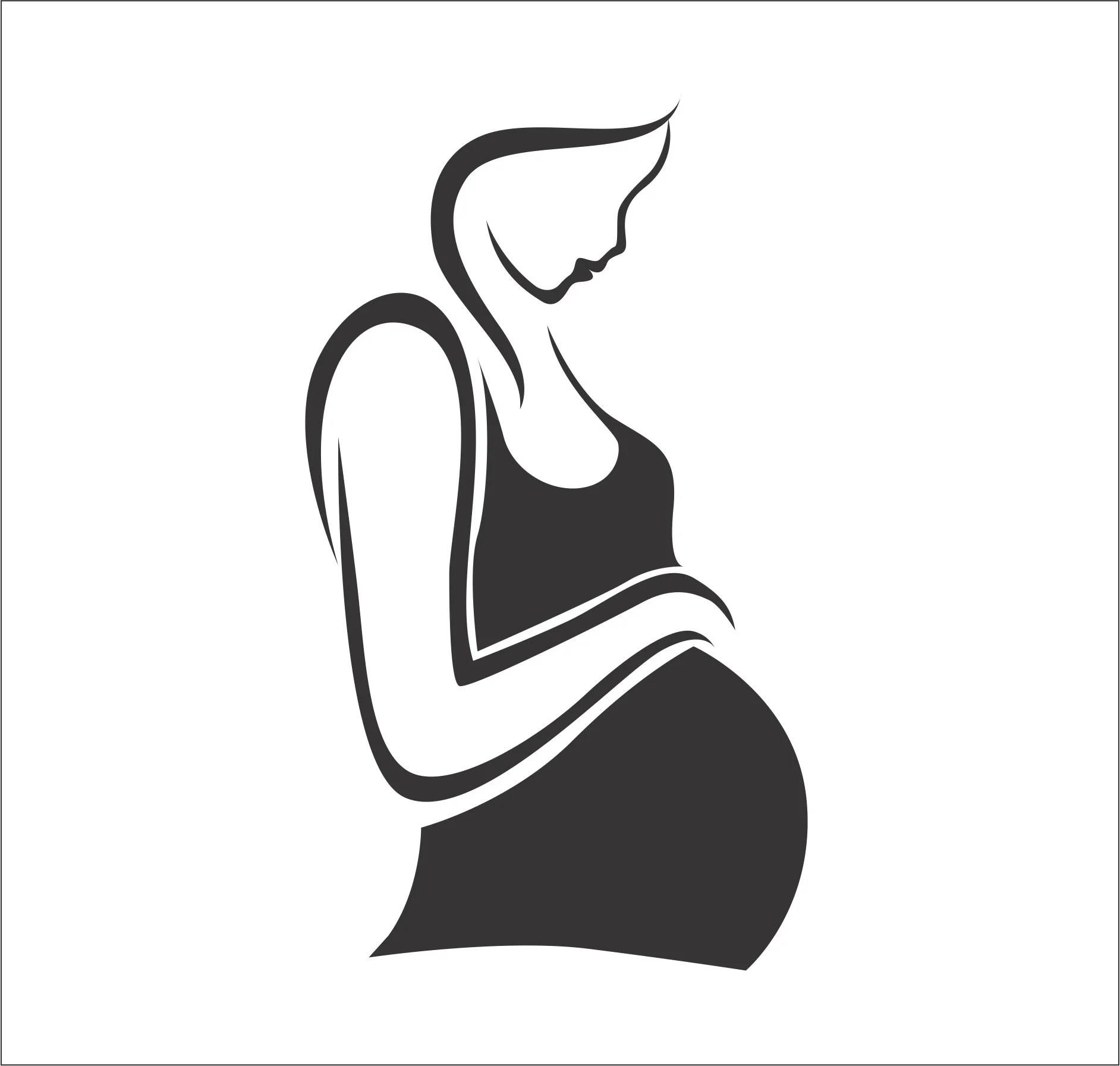In the realm of childbirth, the notion that a cesarean section is “the easy way out” is not only misguided but also deeply absurd. As a medical professional, I’ve witnessed firsthand the complexities involved in both planned and emergency c-sections. The reality is that recovery from a c-section can be grueling and often fraught with physical and emotional challenges.
Take, for instance, the experience of a mother I recently spoke with, Sarah. She endured the shock of transitioning from a hopeful labor to the necessity of major abdominal surgery after 36 hours of labor. The sudden shift was overwhelming for her, and she described her recovery as anything but straightforward. “I was told I was making great progress until it all changed in an instant,” she recounted, emphasizing the harsh reality of her situation.
The misconception that c-sections are easier can be particularly infuriating for those who have faced the harsh aftermath. Recovery involves significant pain management and an adjustment period that can feel like an uphill battle. Sarah expressed her frustration when she attempted to get out of bed for the first time post-surgery, only to be met with excruciating pain—a stark reminder of the physical toll that comes with such a procedure. “It’s ironic when people label it the ‘easy way out,’” she stated. “That kind of judgment undermines the strength required to go through this.”
As a doctor, I can attest that the experiences of women during childbirth can vary widely. An emergency c-section differs fundamentally from a planned one, where the environment is controlled and calm. When a mother is rushed into the operating room due to potential risks to her child’s life, the fear and urgency are palpable. This is a reality that should never be minimized or trivialized.
Furthermore, the emotional impact of undergoing a c-section can also be profound. Many mothers, including Sarah, find themselves grappling with feelings of inadequacy or disappointment, especially when societal narratives suggest that they took the “easy route.” It’s essential to shift the conversation towards support and understanding, rather than competition or judgment. After all, regardless of the method of delivery, bringing a child into the world is an extraordinary feat.
In closing, it’s crucial to celebrate the strength and resilience of all mothers. As Sarah poignantly remarked, “I am proud to be part of a community of mothers who have weathered this storm together.” The journey of motherhood is not defined by the method of delivery, but rather by the love and dedication we show to our children.
For more insights on navigating the world of pregnancy and home insemination, check out this informative resource from the CDC. If you’re exploring options for conception, consider visiting this blog post on intracervical insemination. Additionally, Make a Mom provides valuable information on fertility journeys that may resonate with many readers.
Summary
The perception that cesarean sections are “the easy way out” is profoundly misleading. Recovery from a c-section involves significant challenges that can vary greatly between emergency and planned procedures. Acknowledging the strength of mothers who undergo this experience is vital in promoting understanding and support within the community.
